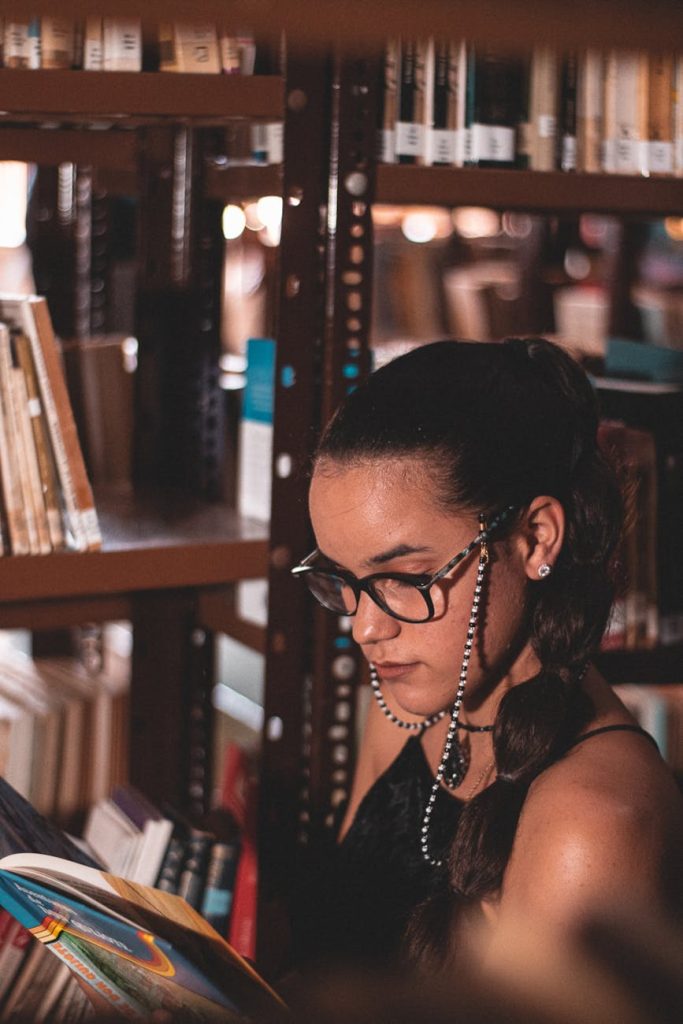Multisensory routines—where you look, listen, and move at the same time—supercharge retention because each sense lays its own neural track to the same idea. Studies on language acquisition show that combining sight, sound, and movement measurably boosts recall, pronunciation accuracy, and learner motivation PMCStructural LearningFrontiersNeuhaus Education Center. I’ve tested these findings on Santo Domingo’s malecón at sunrise and in Medellín’s metro after work, and the effect is clear: when your eyes, ears, and muscles work together, Spanish Vocabulary stops slipping through the cracks and starts sticking to experience. Below you’ll find a practical blueprint—anchored in Caribbean warmth and Andean precision—for turning daily life into a three-channel language lab.
My Beachfront “Aha” Moment
One humid morning on Playa Güibia I tried shadowing Juan Luis Guerra lyrics while jogging. Every time I hit the refrain “ojalá que llueva café,” my feet thudded in sync with the syllables. By the third lap I could recite the line without thinking, complete with rolled r that had eluded me for months. That single routine packed visual cues (waves), auditory rhythm (music), and kinesthetic movement (running). Cognitive research confirms that multisensory input forms stronger memory traces than single-sense study ScienceDirectFrontiers.
Why Multisensory Learning Works
Dual-Coding in Action
When you pair a word with an image, you engage two cognitive channels, verbal and non-verbal, cutting the brain’s workload and improving later recall Sandy MillinStructural Learningntu.ac.uk.
Total Physical Response (TPR) for Adults
TPR, originally a children’s method, helps adult learners cement new verbs by acting them out; controlled studies find vocabulary gains and higher engagement in adult ESL classes Digital CommonsRedalyc.orgatlasabe.org.
Cognitive Load Relief
Switching modalities spaces information naturally and prevents mental fatigue, aligning with cognitive-load theory’s advice to vary sensory channels Frontiers.
Building a Three-Channel Routine
1. Sight: Color-Coded Flash Tiles
Color heightens arousal, which boosts memory imprinting Frontiers. Print ten index cards in three colors—red for verbs, blue for nouns, green for connectors. Sketch a simple icon next to each term. Dual-coding research shows that even rough doodles reinforce meaning Structural Learning.
2. Sound: Shadow-and-Record Sessions
Soft earbuds, plus a voice-recorder app, turn commutes into pronunciation gyms. Shadow a 60-second Dominican news clip, then dictate the same clip into speech-to-text. Automatic speech recognition pinpoints vowels or consonants you blurred Redalyc.org.
3. Movement: Micro-Gestures & TPR
Assign a gesture to each new verb. For ahorrar (to save money), mime dropping coins into a jar. Embodied cognition studies reveal that even symbolic gestures glue abstract vocabulary to memory Sanako.
Combine all three: look at the card, say the word aloud, perform the gesture, then scan the speech-to-text result. One loop takes ten seconds and activates every channel.
Spanish Vocabulary Table
| Spanish | English | Usage Tip |
|---|---|---|
| Ahorrar | To save money | Mime dropping a coin. |
| Gestionar | To manage | Air-steer a wheel. |
| Doblar | To fold | Physically fold paper. |
| Rendimiento | Performance / yield | Tap desk twice on mien. |
| Playa | Beach | Wave hand like surf. |
| Cuota | Installment | Click pen cap each repeat. |
| Cobertura | Coverage | Spread arms wide. |
| Brote | Outbreak | Pop fingers like a burst. |
Drill these eight until they surface automatically; they represent Spanish Vocabulary you’ll meet in leases, news, and small talk.
Example Conversation
Barista (Dominican informal)
“El café subió de precio, pero sigue rico.”
Barista: “Coffee went up in price, but it’s still tasty.”
Me
“Sin embargo, necesito ahorrar. Por eso, hoy tomo uno.”
Me: “However, I need to save money. That’s why today I’m having one.”
Project Lead (Colombian formal)
“Queremos aumentar el rendimiento, aunque el presupuesto es limitado.”
Lead: “We want to increase performance, although the budget is limited.”
Me
“Por otro lado, si gestionamos mejor los recursos, alcanzamos la meta.”
Me: “On the other hand, if we manage resources better, we’ll reach the goal.”
Teammate (CO slang)
“¡Parce, te fluye el español!”
Teammate: “Dude, your Spanish flows!”
Notice how connectors and target words glide together, a direct payoff of multisensory rehearsal.
Sample Day Plan under 45 Minutes
| Moment | Action | Senses |
|---|---|---|
| 7 a.m. coffee | Review color tiles | Sight |
| Commute | Shadow podcast, dictate summary | Sound + sight |
| Elevator ride | Gesture verbs quietly | Movement |
| Lunch break | Draw mini comics of vocab | Sight + movement |
| Evening jog | Sing lyric with target words | Sound + movement |
| Bedtime recap | Whisper list while finger-tapping | Sound + movement |
Spacing practice across the day aligns with memory research on distributed repetition Frontiers.
Regional Tweaks
- Dominican Dropped Endings: On the island, mientras tanto may shrink to mien-ta’ tanto. Keep full pronunciation in shadow sessions, then switch to local clipping in casual chat.
- Colombian Consonant Crispness: Paisa speech keeps every final s; practice with speech-to-text set to Español (Colombia) so the ASR punishes lazy consonants.
Troubleshooting Roadblocks
- Self-Conscious Gesturing: Start with micro-motions—thumb flicks or pen clicks—then graduate to full TPR once comfort rises.
- Background Noise: Directional mics and close mouth distance help speech-to-text ignore bus horns. Studies show ASR accuracy remains high below 65 dB ambient Redalyc.org.
- Plateau Fear: Add novelty—switch music genre, change gesture, use VR flashcard apps that pair 3-D visuals with Spanish Vocabulary. Variety resets attention, as cognitive-load theory predicts Frontiers.
Reflection: Two Countries, One Brain
Ten Dominican summers taught me that rhythm engrains language; five Medellín winters showed me the value of clear articulation. A multisensory routine merges both: Caribbean movement for memory spark, Andean listening for precision polish. Each time I pair a doodle, a lyric, and a gesture with Spanish Vocabulary, I lay three tracks toward the same station—fluency.
Drop a comment below: Which sense combo clicks for you? Have you ever shouted vocab while doing push-ups or doodled verbs on napkins? Your experiments could become the next trick in another expat’s toolkit.










